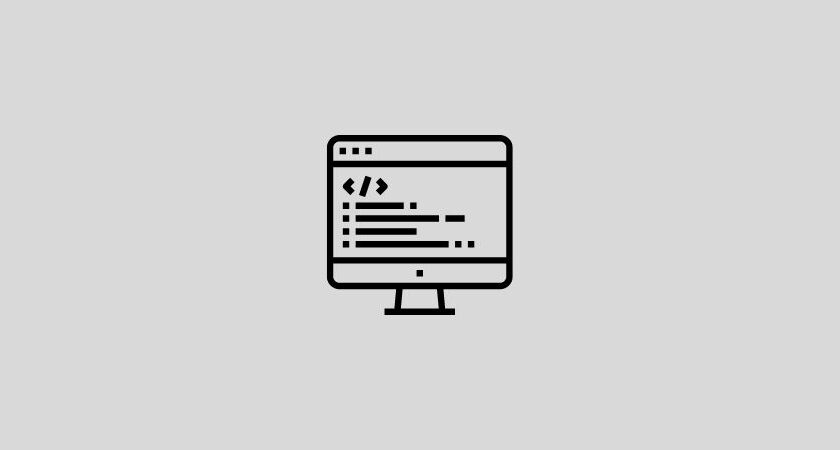In today’s digital age, coding and programming have emerged as vital skills with transformative potential in education. As the world becomes increasingly technology-driven, it is imperative for educational institutions to equip students with the knowledge and skills needed to thrive in the 21st century. Coding and programming are not just tools for building software; they foster critical thinking, problem-solving, and creativity, making them essential components of a well-rounded education.
In this blog, we will explore the multifaceted role of coding and programming in education and delve into the numerous benefits they offer to students of all ages.
Fostering Logical and Computational Thinking
Coding and programming encourage students to think logically and computationally. As they write code to solve problems and create algorithms, students learn how to break complex tasks into smaller, more manageable steps.
This process helps develop their ability to analyze problems from different angles and formulate systematic solutions. The logical thinking skills gained through coding can be applied to various academic subjects and real-life situations, enhancing students’ overall cognitive abilities.
Enhancing Problem-Solving Skills
Programming involves encountering and overcoming countless challenges, bugs, and errors. Students learn to adopt a methodical approach to troubleshoot issues and refine their programs. This constant problem-solving cultivates resilience, patience, and perseverance – all valuable qualities in academic and personal pursuits.
By finding solutions to coding problems, students build the confidence to tackle complex challenges outside the realm of computer science.
Encouraging Creativity and Innovation
Contrary to the perception that coding is purely technical, it is a highly creative endeavor. Programming languages offer a canvas for students to express their creativity and bring their ideas to life. From designing video games and interactive websites to creating animations and digital art, coding provides limitless possibilities for students to explore their imaginations and showcase their innovations.
Preparing for Future Job Opportunities
As technology continues to shape industries worldwide, there is a growing demand for skilled programmers and coders. Introducing coding in early education equips students with an advantage for future job opportunities, regardless of their career path.
Even those not pursuing a career in computer science can benefit from understanding the fundamentals of coding, as coding skills are increasingly sought after in fields like data analysis, engineering, finance, and healthcare.
Nurturing Collaborative Learning
Coding often involves team projects, requiring students to collaborate, communicate, and delegate tasks effectively. In this process, they learn the value of teamwork and how different perspectives contribute to comprehensive solutions. Collaborative coding environments foster an inclusive learning atmosphere, promoting collective problem-solving and creativity.
Cultivating Digital Literacy
In today’s digital world, digital literacy is as crucial as traditional literacy. By learning coding and programming languages, students become more adept at understanding how technology works and evolves.
This knowledge enables them to navigate the digital landscape responsibly and critically evaluate the information they encounter. Furthermore, digital literacy empowers students to harness technology to enhance their learning experiences.
Breaking Gender Stereotypes
Historically, coding and computer science have been perceived as male-dominated fields. However, introducing coding in education can help break gender stereotypes and encourage more girls to pursue careers in technology. By providing equal opportunities for all students to learn coding, we can bridge the gender gap in the tech industry and foster a diverse, inclusive workforce.
Focusing on Project-Based Learning
Project-based learning, which involves hands-on coding projects, connects theoretical concepts to real-world applications. Students not only grasp the principles of coding but also understand how coding can solve real problems. This approach instills a sense of purpose in learning and motivates students to engage actively in the learning process.
Encouraging Continuous Learning and Adaptability
Coding languages and technologies are constantly evolving. As students learn coding, they develop adaptability and a growth mindset, understanding the necessity of continuous learning to stay relevant in an ever-changing technological landscape. These skills are invaluable, as they prepare students to embrace lifelong learning and adapt to new challenges throughout their lives.
Conclusion
Coding and programming have become indispensable components of modern education. By promoting logical thinking, problem-solving, creativity, and collaboration, coding prepares students to thrive in the digital era. Moreover, it equips them with skills that extend beyond the realm of computer science, enabling them to excel in various fields.
As educators, parents, and policymakers, it is crucial to recognize the significance of coding in education and ensure that all students have access to coding education. By doing so, we empower the next generation to navigate a technology-driven world with confidence and innovation.
